Men's jeans in the 2010s saw a major evolution. You witnessed the rise of skinny jeans in the early years, popularized by celebs like Justin Bieber. But as comfort became key, straight-leg and anti-fit styles emerged, marking a shift away from tight silhouettes. High-rise jeans gained traction, providing a stylish alternative to low-rise options. Casual wear took center stage too, with jeans paired with hoodies becoming the norm. The focus on body positivity led brands to embrace diverse fits and inclusive sizing. As trends shifted, denim embraced individuality and self-expression—there's so much more to explore about this denim revolution.
Evolution of Denim Styles
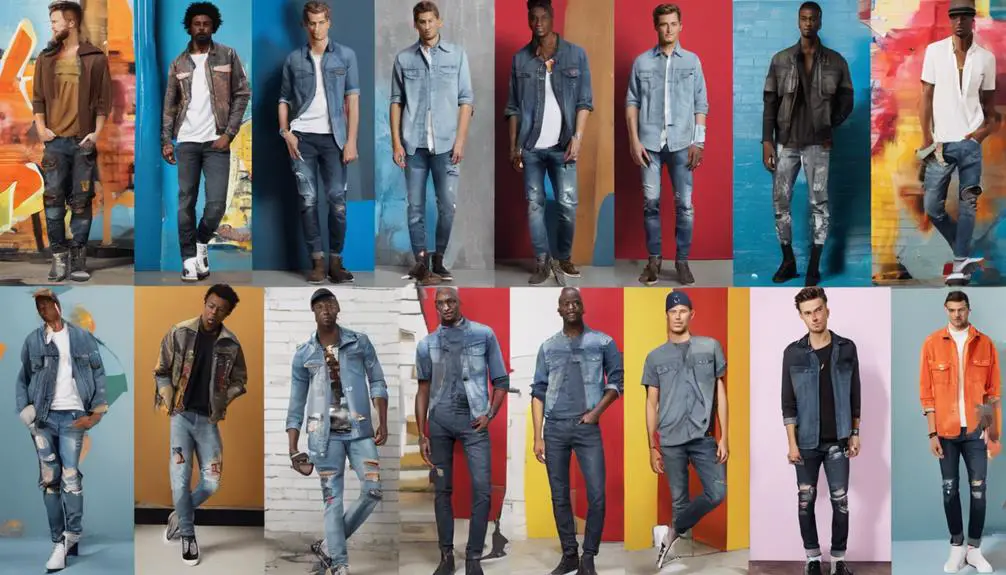
The evolution of denim styles in the 2010s reflects a fascinating journey through changing aesthetics and consumer preferences. Early in the decade, skinny jeans and jeggings took center stage, celebrated for their form-fitting silhouettes and versatility. You likely found yourself reaching for these styles, as they paired effortlessly with various outfits, from casual tees to dressy tops.
However, as the years progressed, a shift occurred. By the mid-2010s, raw denim gained traction, with many opting for unwashed fabrics that promised unique fades over time. This focus on quality and individuality marked a significant change in consumer behavior.
As the decade wound down, vintage denim emerged as a game-changer. You may have noticed friends and influencers sporting mom jeans and relaxed fits, as comfort and style became paramount. High-rise jeans rose in popularity, offering a more flattering alternative to the low and mid-rise options that once dominated. The resurgence of straight-leg jeans further illustrated this desire for relaxed silhouettes, steering away from the once-ubiquitous skinny jeans. This evolution in denim styles not only reflects personal expression but also a cultural shift towards comfort and authenticity in fashion.
Impact of Celebrity Culture
With a keen eye on the fashion choices of celebrities, it's clear that their influence on men's denim trends in the 2010s was profound. High-profile figures like Justin Bieber and Kanye West championed skinny jeans, driving their popularity among fans enthusiastic to emulate their style. Social media played an essential role, allowing stars like Jared Leto and Harry Styles to showcase distressed and colorful denim cuts, making them mainstream.
Collaborations between celebrities and fashion brands, such as Pharrell Williams' partnership with G-Star RAW, elevated denim's status within high fashion, introducing unique styles that caught the eye of fashion-savvy consumers. Red carpet appearances and public events highlighted tailored denim looks, reinforcing the idea that jeans could seamlessly shift from casual to formal settings. This change influenced your choices, pushing you towards more polished styles.
Moreover, the rise of influencers portraying denim in everyday contexts made relaxed fits and joggers more accessible, blending comfort with style. As you navigated your own fashion journey, it became clear that celebrity culture wasn't just a trend; it was a powerful force shaping men's fashion, particularly in the sector of denim.
Rise of Casual Wear
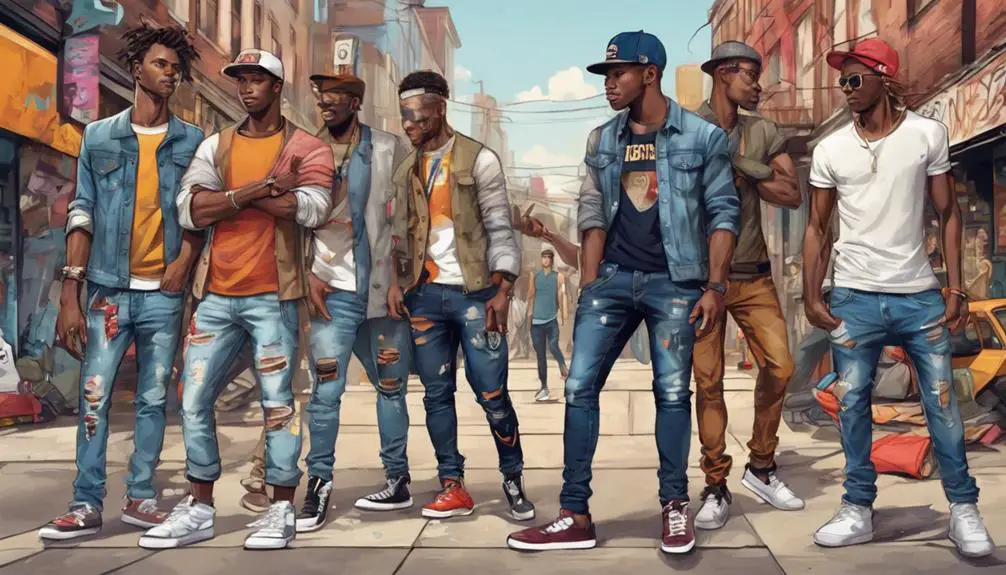
Casual wear emerged as a dominant force in men's fashion during the 2010s, transforming jeans into a central element of daily attire. You likely noticed how jeans became a staple, blending effortlessly with various styles, from relaxed streetwear to smart-casual looks. The rise of athleisure played a significant role here, as you might've seen jeans paired with sneakers and hoodies, making comfort a priority without sacrificing style.
Fashion influencers and celebrities helped popularize distressed, ripped, and relaxed-fit jeans, pushing you to embrace these casual styles. High-rise jeans also gained traction, providing a comfortable alternative to the low-rise cuts of the early 2000s. This shift catered to your desire for versatility in your wardrobe.
Moreover, the emergence of luxe joggers showcased a growing preference for comfort-driven choices, signaling a departure from traditional tailored styles. As you explored options, raw denim became a sought-after fabric, offering durability while still aligning with the casual aesthetic. The 2010s truly marked a turning point, where casual wear redefined how you perceive and style your jeans, making them a key component of your everyday fashion.
Collaborations in Fashion
Fashion collaborations took the 2010s by storm, blending the lines between luxury and everyday wear in ways you couldn't help but notice. Fast fashion retailers partnered with high-end designers, making luxury aesthetics widely accessible. H&M's collaborations with Karl Lagerfeld and Versace exemplified this shift, while streetwear brands like Supreme and Kith elevated denim's status by teaming up with Levi's. These collaborations not only integrated street style into mainstream fashion but also transformed the denim landscape.
Here's a look at some notable collaborations that defined this era:
| Collaboration | Impact |
|---|---|
| H&M x Karl Lagerfeld | Brought luxury to the high street |
| Supreme x Levi's | Elevated streetwear's denim status |
| Re/Done x Gap | Revitalized vintage denim with sustainability |
| Off-White x Evian | Merged lifestyle and high fashion aesthetics |
| Kith x Versace | Created buzz around luxury casual wear |
These partnerships shaped consumer behavior, making collaborations pivotal in driving denim trends and sales. By blending high fashion with fast fashion, the 2010s made style more accessible and exciting than ever.
Body Positivity Movement
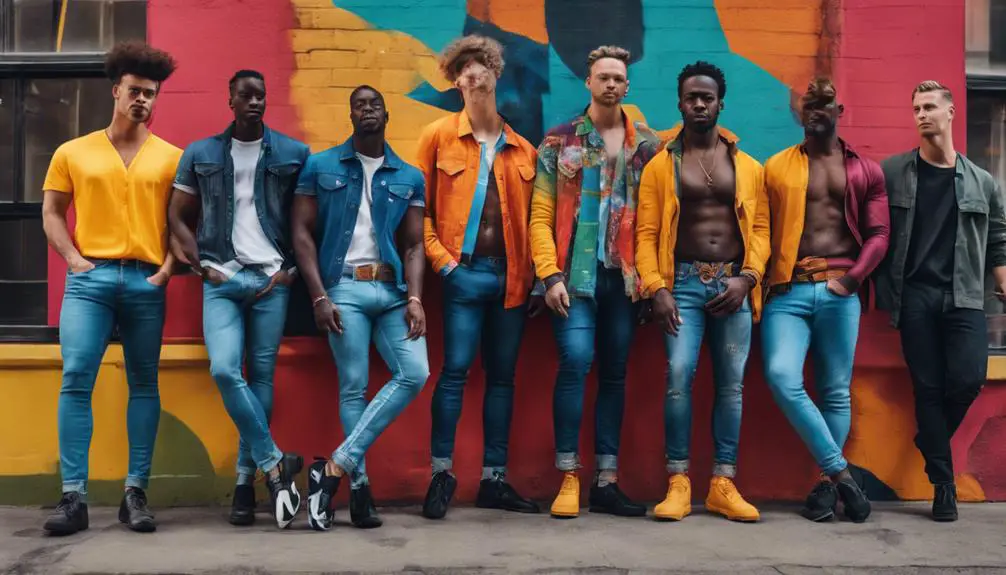
Throughout the 2010s, the body positivity movement reshaped how you viewed denim and its role in self-expression. This cultural shift challenged traditional beauty standards that often celebrated slim fits like skinny jeans, pushing you to embrace a wider array of body types. As plus-size models and influencers gained visibility, the demand for inclusive sizing options surged, prompting brands to expand their offerings beyond the standard cuts.
You began to notice a backlash against the uncomfortable nature of low-rise skinny jeans. In response, many brands shifted towards styles focusing on comfort, featuring "anti-fit" options that prioritized relaxed and loose fits. This change allowed you to express your personal style without feeling constrained by restrictive fashion norms.
The body positivity movement also encouraged brands to launch campaigns that celebrate body diversity, showcasing models of various sizes and shapes. This approach resonated with you and many others, making you feel seen and represented in the denim market. Ultimately, this era not only transformed how you viewed jeans but also empowered you to embrace your individuality and comfort in fashion.
Variations in Fit and Cut
Evolving alongside the body positivity movement, the 2010s marked a radical transformation in the fit and cut of men's jeans. As consumer fatigue with skinny jeans set in, you found a broader spectrum of styles emerging, emphasizing comfort like never before. Straight leg and relaxed fits became popular, appealing to those seeking both ease and a classic aesthetic.
High-rise jeans gained traction, reflecting changing attitudes toward flattering silhouettes, while anti-fit styles began to challenge the norm with their intentionally loose and baggy designs. This shift signaled a collective desire for more variety in denim, allowing you to explore styles that suited your personal taste and body shape.
Throughout the decade, the vintage revival trend played a key role in reshaping choices, with straight leg fits emerging as a favorite across genders. Ultimately, the 2010s ushered in a significant evolution in denim cuts, creating a diverse marketplace where comfort reigns supreme. You could confidently mix and match styles, knowing that the focus was on embracing your unique fit, all while enjoying the freedom of movement that comes with these progressive cuts.
Future of Denim Trends

As you look ahead, the future of denim trends promises exciting developments that reflect your desire for comfort and individuality. High-rise jeans are set to take center stage, with men increasingly embracing styles that prioritize ease alongside women's preferences. You'll notice straight leg jeans gaining traction, as the vintage movement encourages a shift away from skinny fits.
Here's a glimpse of what's on the horizon:
| Trend | Description | Anticipated Popularity |
|---|---|---|
| High-Rise Jeans | Emphasis on comfort and style | Rising |
| Straight Leg Jeans | Vintage-inspired, relaxed fits | Growing |
| Anti-Fits | Intentionally loose styles for comfort | Increasingly favored |
Denim's evolution as a fashion staple continues, with a growing demand for versatility and innovative fits. Brands are responding by reinventing styles to meet your expectations for comfort and self-expression. As you explore these emerging trends, remember to check the privacy policy and terms of use for any brand you choose, ensuring a responsible fashion journey. Embrace the future of denim that's all about you!
Frequently Asked Questions
What Jeans Were Popular in the 2010s?
In the 2010s, you'd notice skinny jeans dominating, but as comfort became key, straight-leg and relaxed fits emerged. Vintage-inspired styles also made a comeback, blending nostalgia with modern trends, shaping your wardrobe choices.
What Did Guys Wear in the 2010s?
In the 2010s, you embraced a mix of casual and edgy styles. You sported joggers, oversized tees, and those trendy chunky sneakers, balancing comfort and fashion while experimenting with unique denim cuts and finishes.
What Jeans Did Men Wear in the 2000s?
In the 2000s, you wore low-rise jeans, often distressed or ripped, paired with graphic tees. Slim-fit styles emerged, influenced by pop culture, while brands like Diesel offered unique designs that defined your casual, rebellious vibe.
When Did Guys Start Wearing Skinny Jeans?
Guys started wearing skinny jeans prominently in the early 2000s, influenced by emo culture and designers like Hedi Slimane. Their fitted silhouette quickly became a staple, reshaping men's fashion and challenging traditional denim styles.
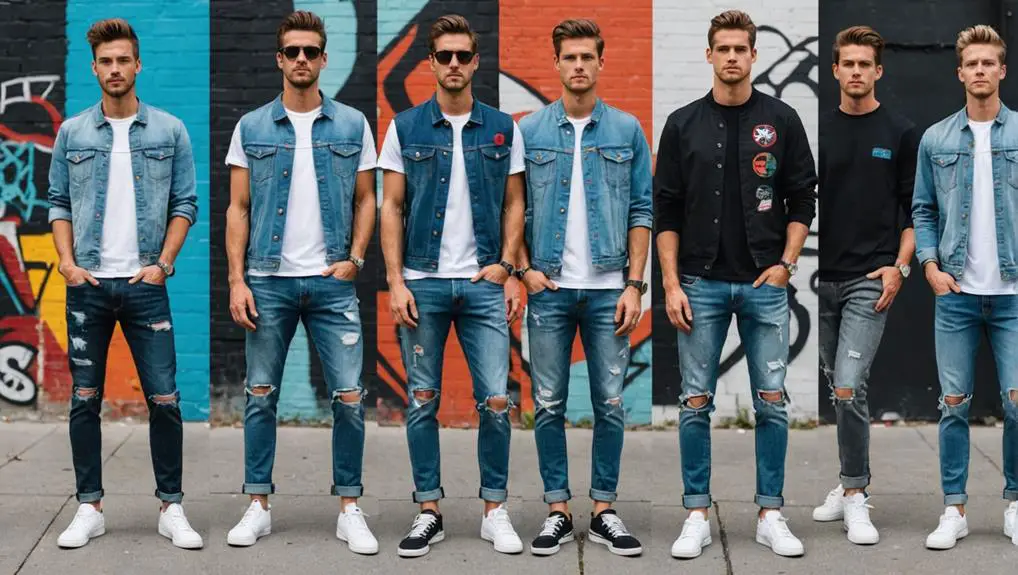

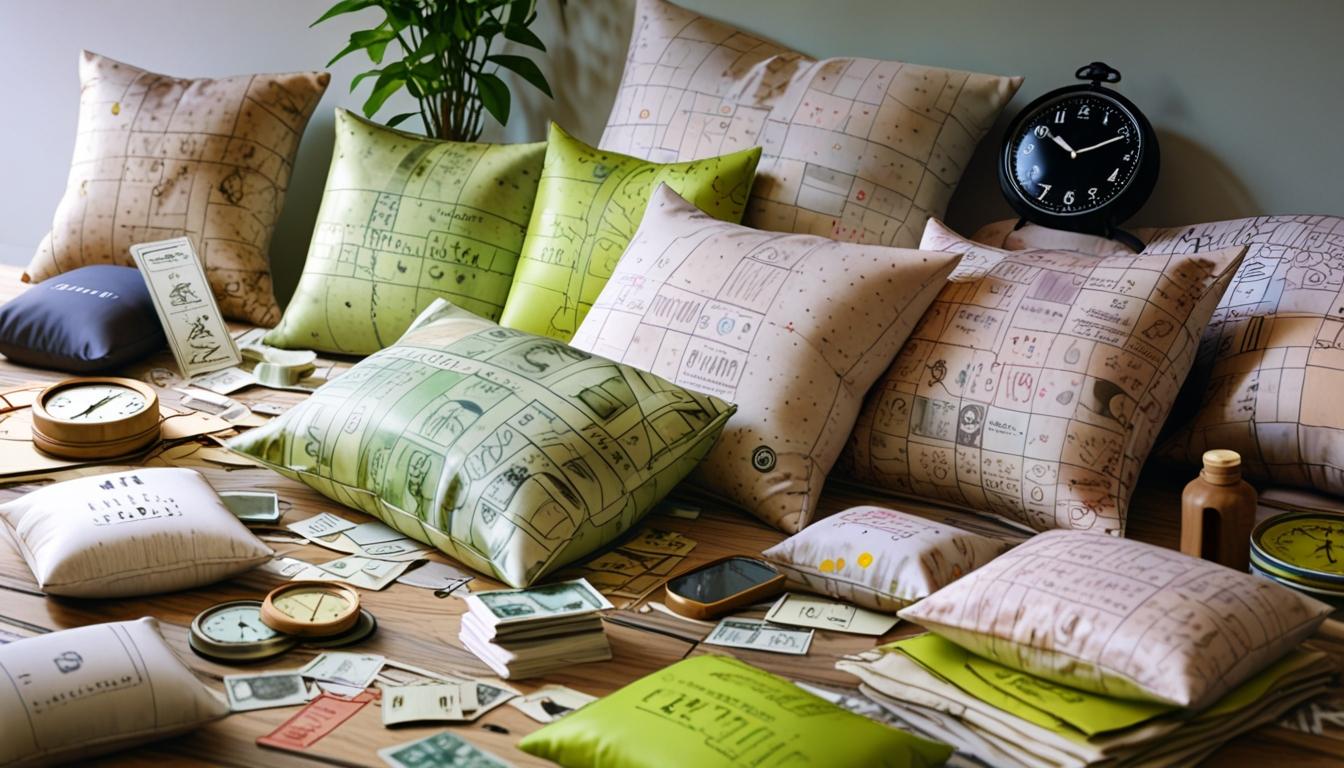
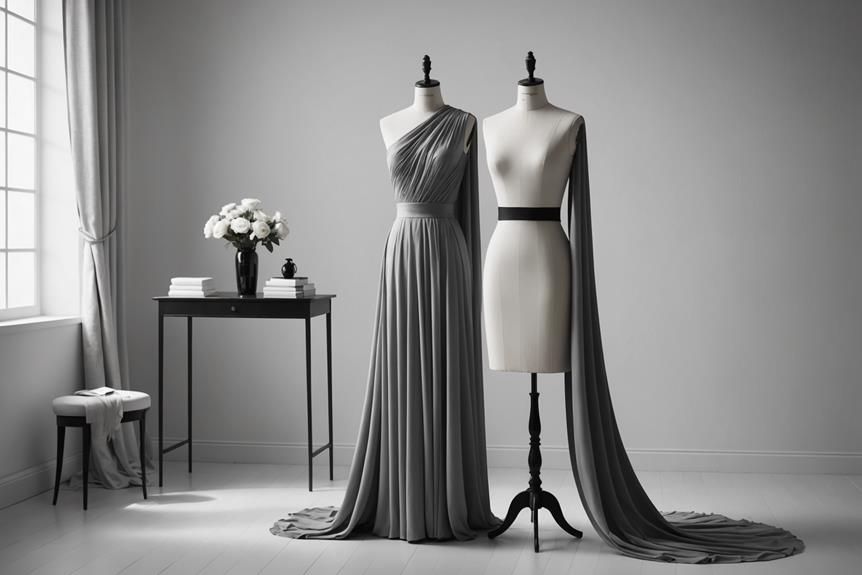

I am extremely impressed with your writing skills as well as with the layout on your blog.
Is this a paid theme or did you modify it yourself?
Anyway keep up the excellent quality writing, it is
rare to see a nice blog like this one these days.
casino en ligne fiable
Please let me know if you’re looking for a author for your
blog. You have some really great articles and I believe I would be a good asset.
If you ever want to take some of the load off, I’d really like to write some content for your blog in exchange for a link
back to mine. Please shoot me an email if interested.
Thanks!
casino en ligne francais
Unquestionably consider that that you said. Your favorite reason seemed to be on the internet the
simplest thing to understand of. I say to
you, I definitely get annoyed while folks think about worries that they plainly
do not realize about. You managed to hit the nail
upon the highest and also outlined out the entire thing with
no need side effect , other people can take a signal. Will probably be
again to get more. Thank you
casino en ligne francais
Greate pieces. Keep writing such kind of info on your site.
Im really impressed by your blog. Hi there, You have performed an incredible job.
I’ll certainly digg it and in my opinion recommend
to my friends. I am sure they’ll be benefited from this site.
casino en ligne France
What’s Happening i’m new to this, I stumbled upon this I’ve found It
positively useful and it has helped me out loads.
I hope to give a contribution & help other customers like its helped me.
Great job.
meilleur casino en ligne
I do not even know how I ended up here, but I thought this post was good.
I do not know who you are but certainly you’re going to a famous blogger if you aren’t already 😉 Cheers!
casino en ligne France
Thanks for sharing your thoughts. I really appreciate your
efforts and I am waiting for your further write ups thanks once again.
casino en ligne
Excellent web site you have here.. It’s difficult to find
high quality writing like yours nowadays. I really appreciate individuals like you!
Take care!!
casino en ligne
Hi there, I enjoy reading all of your post. I wanted to write a little comment
to support you.
casino en ligne
That is really attention-grabbing, You’re a very skilled blogger.
I’ve joined your rss feed and look forward to looking for more of your
wonderful post. Also, I’ve shared your website in my
social networks
casino en ligne fiable
I have been browsing online more than three hours today, yet I never found any interesting article like yours. It’s pretty worth enough for me. In my opinion, if all webmasters and bloggers made good content as you did, the internet will be much more useful than ever before.